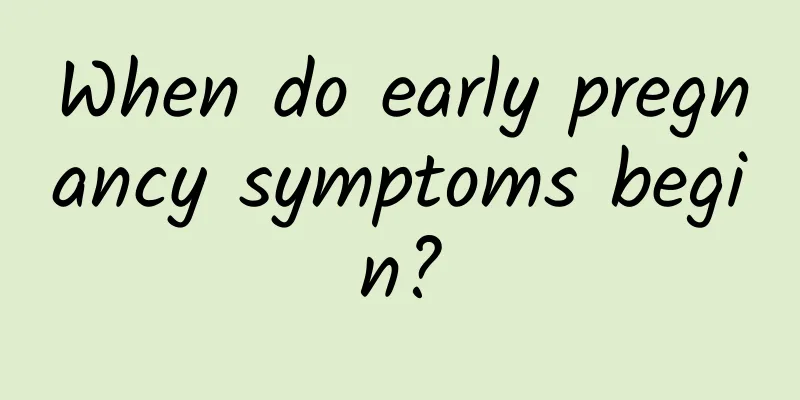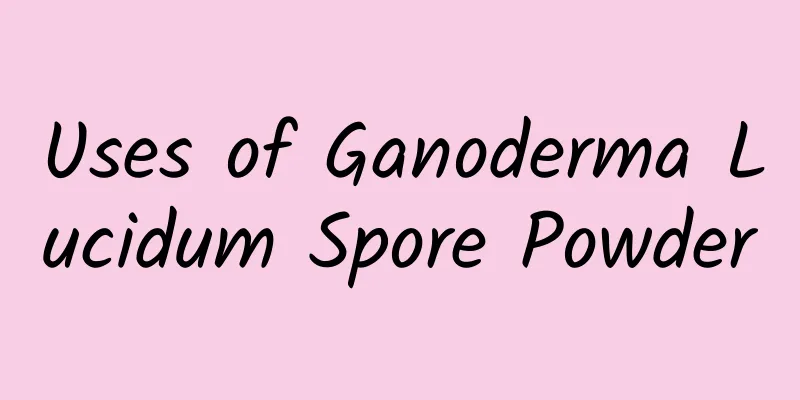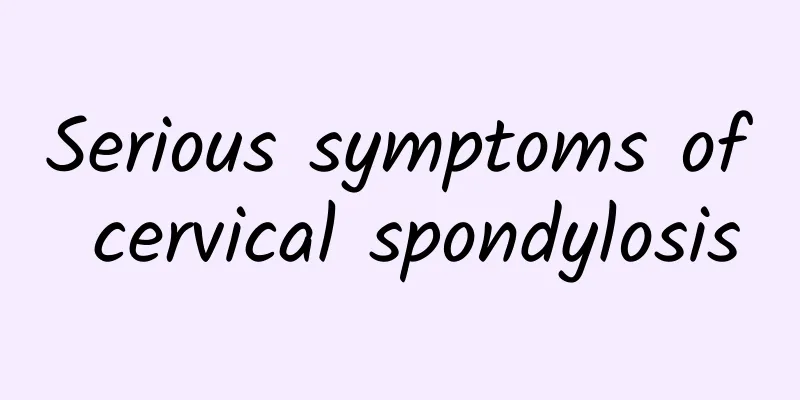Varicose veins in the ankle

|
Varicose veins appear in the ankle area, which is a common phenomenon of varicose veins in the lower limbs. We know that varicose veins are common in middle-aged people, which poses a great threat to health. It often causes torsional extension and expansion due to increased venous pressure. At this time, timely treatment must be carried out. According to the specific condition, symptomatic treatment should be adopted. If the condition is more serious, surgery should be performed in time. Treatment of varicose veins in the lower limbs: 1. For mild varicose veins with mild symptoms, you can use elastic bandages or leg wraps to wrap your calves for a long time to prevent them from developing further. 2. Surgical treatment: Surgical treatment should be used for cases of severe varicose veins with obvious symptoms. However, before surgery, it is important to ensure that varicose veins are not secondary and that the deep veins are patent. Depending on the condition, the following methods can be used: (1) High ligation: Suitable for cases where only the upper venous valve is incomplete. Ligating the upper ends of the greater and lesser saphenous veins can prevent blood from flowing back and prevent the dilated veins from filling up again. (2) Venous stripping and resection: While performing high ligation, the varicose vein should be stripped or resected in whole or in sections. (3) Subfascial perforator ligation: Suitable for patients with varicose veins of the lower limbs accompanied by perforator valvular insufficiency. Treatment of different complications (1) Chronic ulcers: Due to the interaction of factors such as local blood circulation disorders, tissue edema and bacterial infection, ulcers are difficult to heal. During treatment, the following should be done: ① Actively treat varicose veins of the lower limbs; ② Improve local blood circulation, such as asking the patient to lie flat, elevate the affected limb, and use an elastic bandage when working; ③ Control infection, such as systemic application of antibiotics and local wet compresses with 0.5% neomycin solution or 3% boric acid solution to clean the wound and reduce secretions, which is beneficial to epithelial growth and accelerates wound healing; if there is no secretion, 0.5% neomycin ointment or cod liver oil ointment can be used, or helium-neon laser irradiation can be used. (2) Varicose eczema: The wound surface should be kept clean and 0.5% neomycin coal tar paste should be applied externally. (3) Varicose thrombophlebitis: In the acute phase, antibiotics can be used to prevent infection, local hot compresses, or combined use of proteases, etc. Elevate the affected limb, reduce activity, and observe closely. If thrombosis occurs, surgical treatment should be performed. If the disease has become chronic and has little impact, no treatment is necessary. (4) Stasis subcutaneous sclerosis: You can take compound danshen tablets regularly, 3 to 4 tablets each time, 3 times a day. After the lump shrinks, surgical stripping and venous ligation can be performed. (5) Bleeding: Elevate the affected limb, apply pressure to stop bleeding, or suture to stop bleeding |
<<: What to do if the lateral collateral ligament of the ankle is injured
>>: How to recover from sunburned ankles
Recommend
What are the medicinal values of roxburghii?
I believe that friends living in mountainous area...
I have severe hair loss recently. What should I do?
If the hair loss is severe, you must understand t...
The causes and hazards of eating with one tooth
In daily life, some people often use one side of ...
Purpose of ECG monitoring
You must have often seen on TV that next to the b...
What to do if your child has a nose bleed while sleeping
In life, many children have symptoms of nose blee...
What causes mumps?
Mumps is also known as parotitis, which is the me...
How does Traditional Chinese Medicine treat hypothyroidism?
Hypothyroidism and hyperthyroidism are actually o...
What to do if your tongue becomes slightly numb after taking Chinese medicine
Nowadays, many people no longer take western medi...
What does ventricular preexcitation mean?
The heart is a relatively complex organ, and its f...
There is a small ball of flesh inside the testicle
If you find a small lump inside the testicle, you...
Why does a pregnant woman have pain on the left side of her lower abdomen?
Pregnant women pay great attention to nutrition a...
What to do if you are allergic to aloe vera
I believe everyone knows aloe vera. Aloe vera is ...
Is Traditional Chinese Medicine Ineffective? That's where you got into a misunderstanding.
October 22, which just passed, was World Traditio...
What should I do if the sides of my mouth are rotten?
The phenomenon of sores on both sides of the mout...
What are the benefits of drinking Acorus calamus soaked in water?
Acorus calamus is a herb that can be used as a tr...









